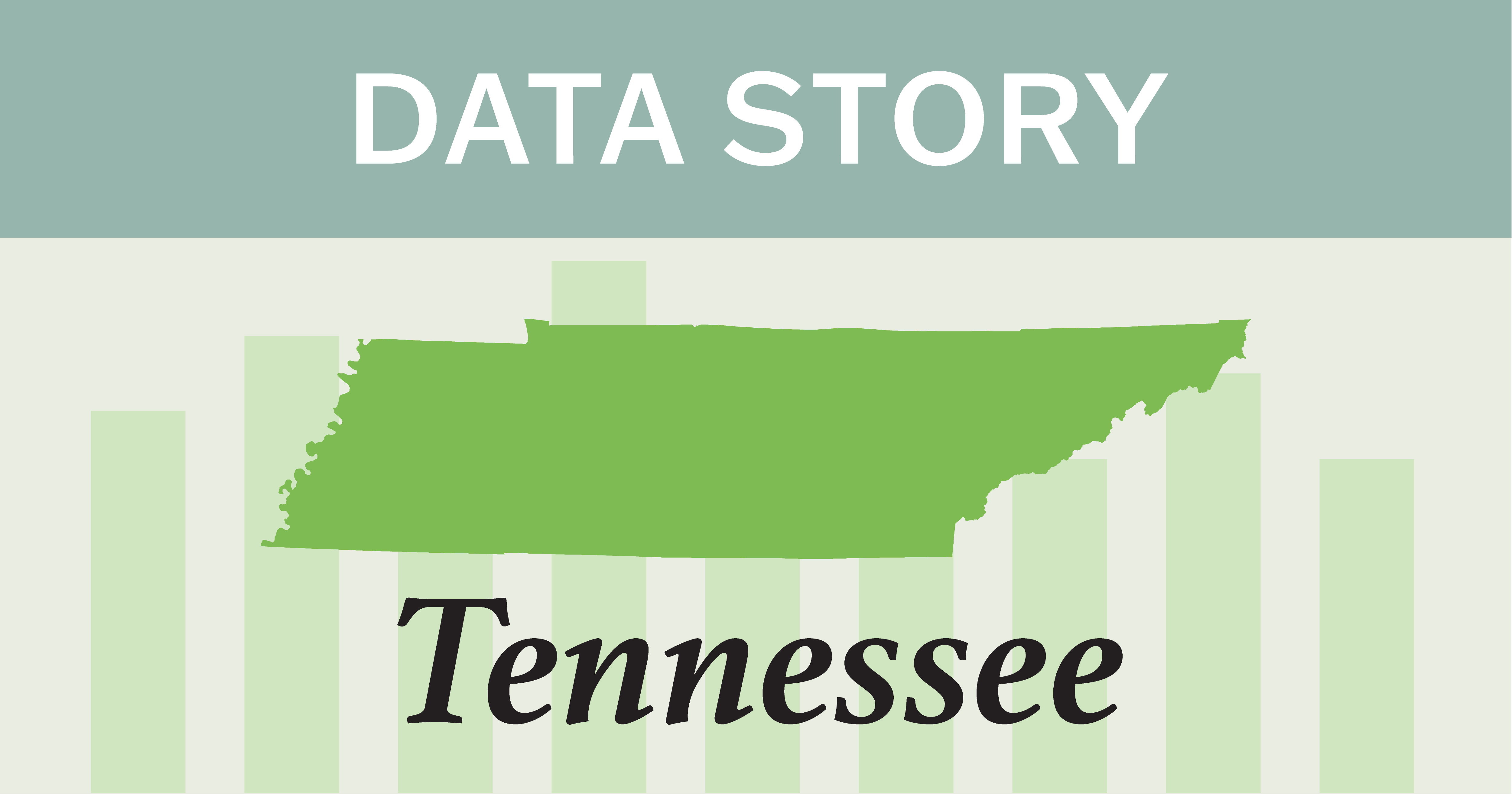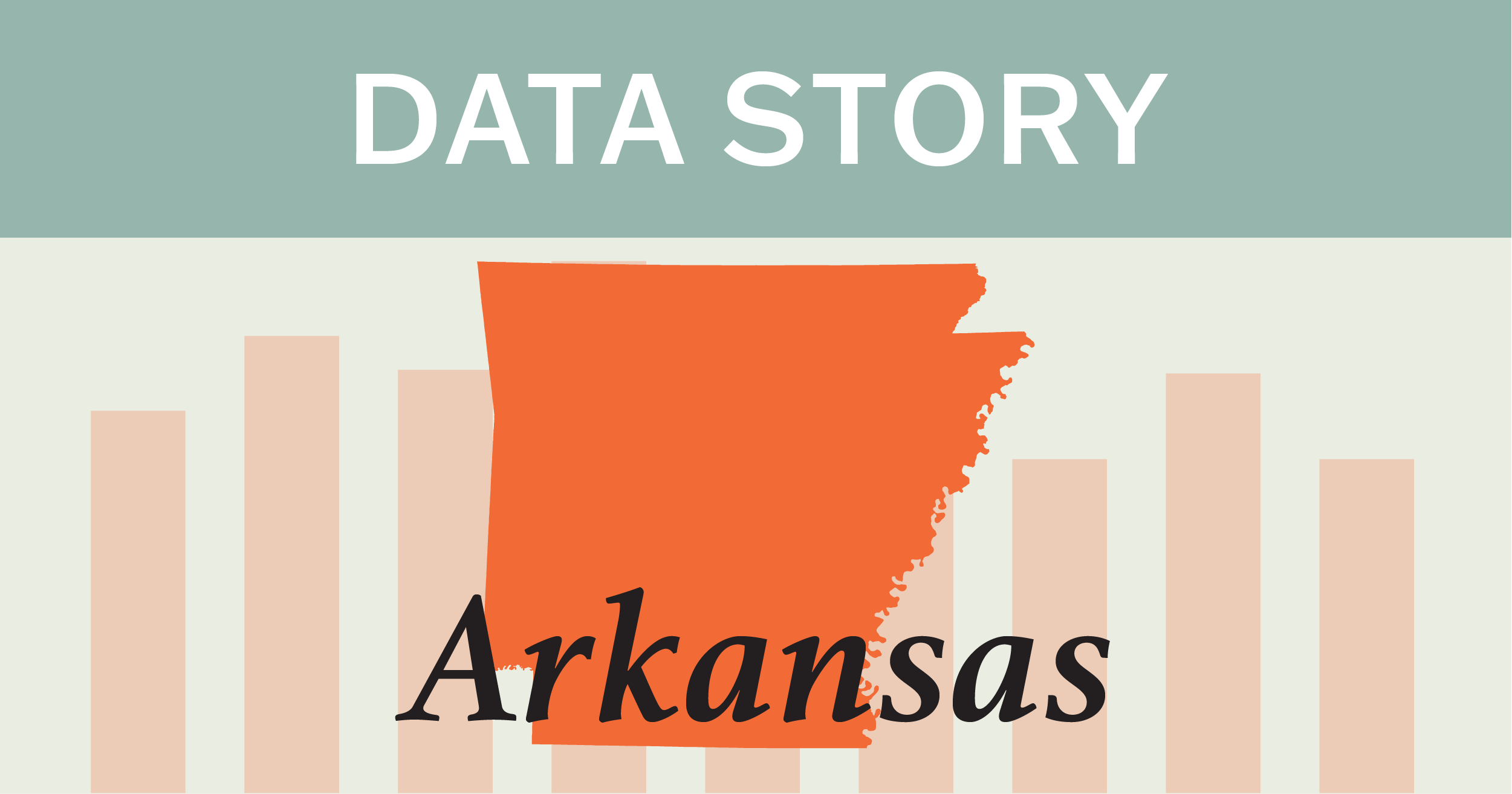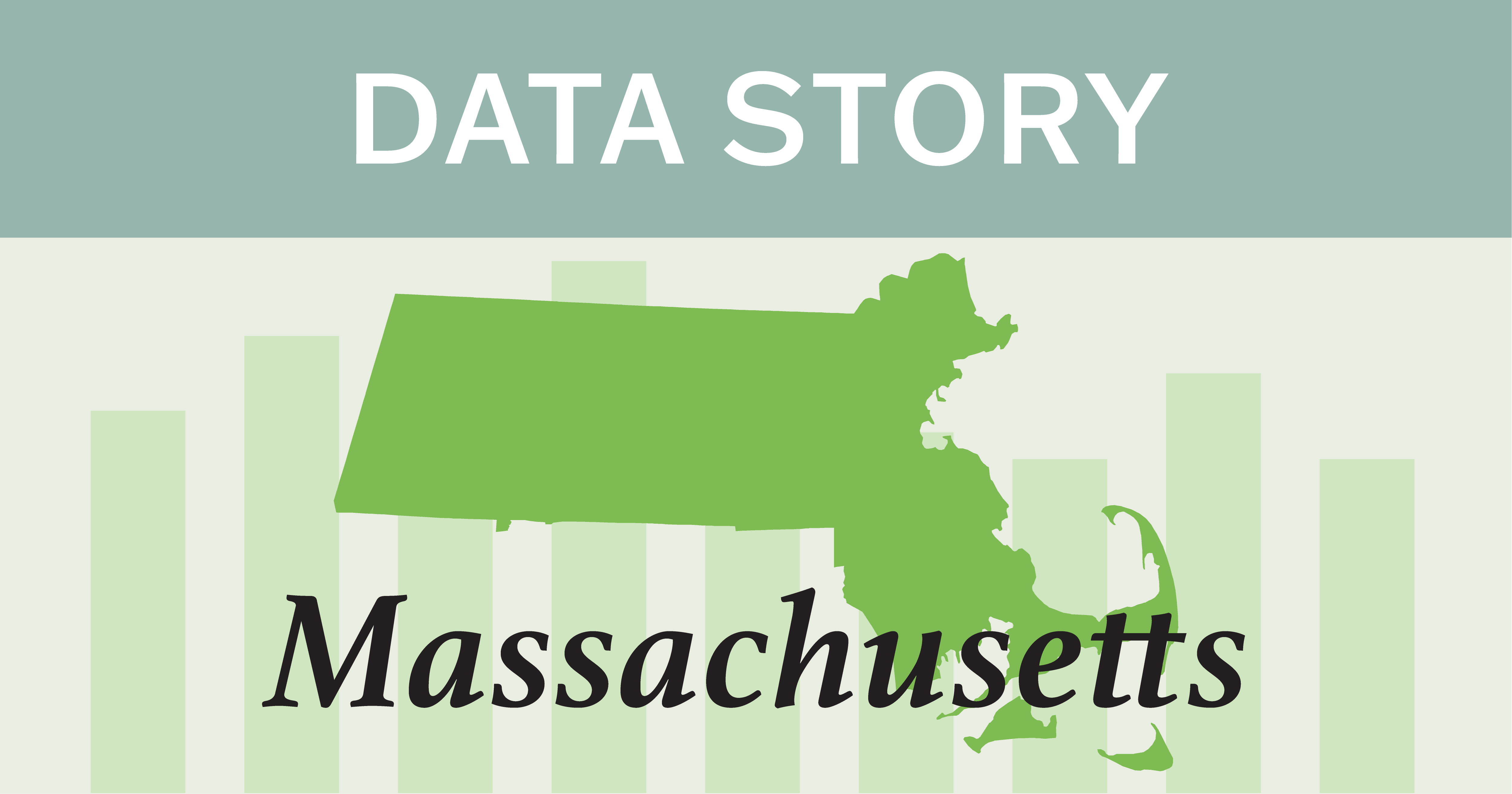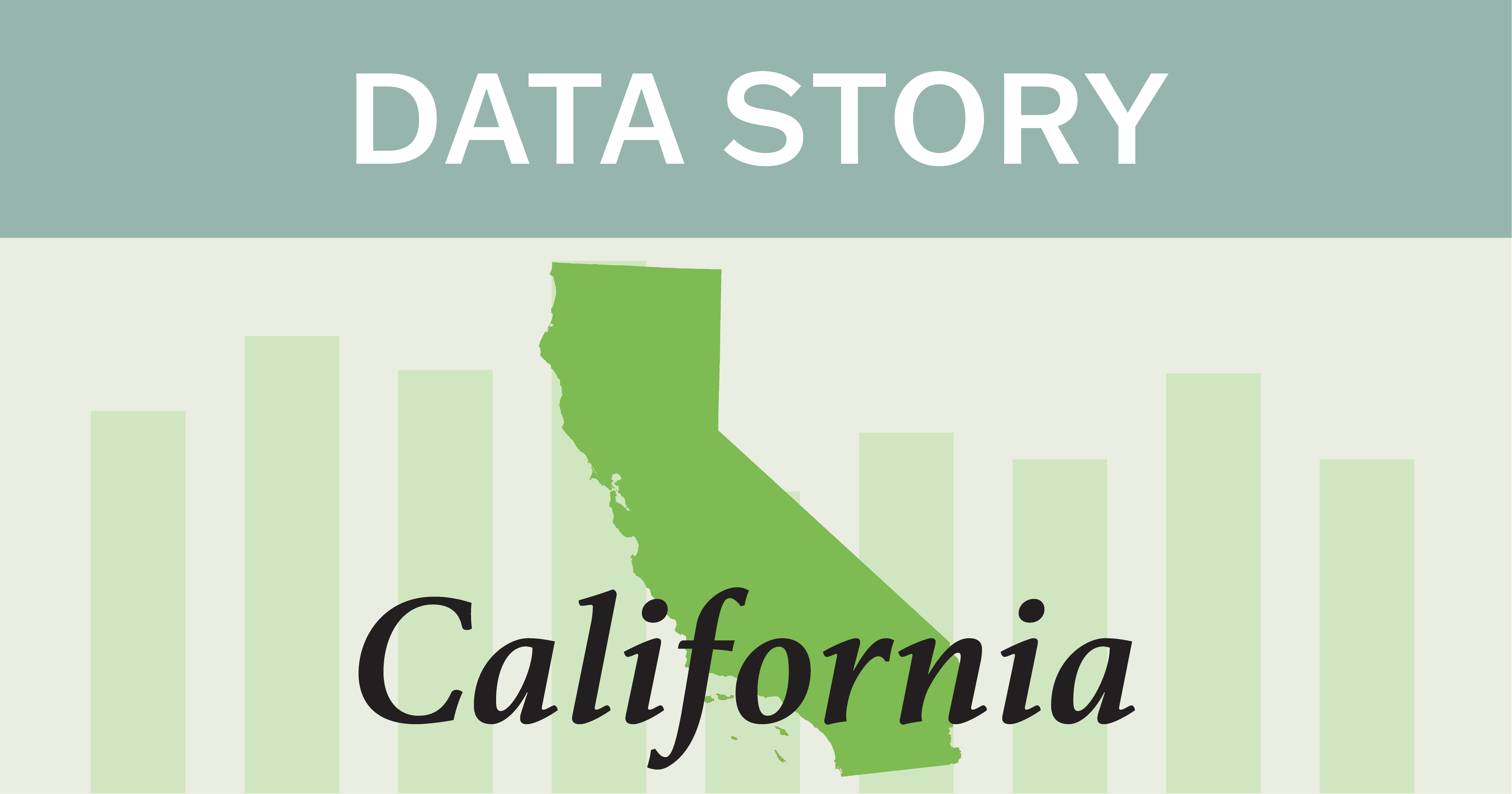Posted in: Aha! Blog > Eureka Math Blog > Data Stories High-Quality Curriculum Virtual Learning > Amid Many Changes, Quality Curriculum Supports Students and Teachers
Superintendent Shawn Kimble and his leadership team were clear. Despite the many challenges caused by the pandemic, the district was not about to abandon its commitment to rigorous instruction and a rich, knowledge-building curriculum.
DISTRICT PROFILE
7 schools:
2 elementary, 1 primary, 1 middle,
1 junior high, 2 high
3,720 students
Implemented Wit & Wisdom
• K–Grade 1: SY 2016–2017
• Grades 2–3: SY 2017–2018
• Grades 4–5: SY 2018–2019
• Grades 6–8: SY 2019–2020
Implemented Eureka Math in SY 2019–2020
We published a previous article about Lauderdale County in February 2020.
The rural Lauderdale County School District north of Memphis has seen impressive gains in student achievement after using the Great Minds® curricula Wit & Wisdom® for five years and Eureka Math® for two. School leaders wanted to sustain the progress.
“Last year we saw our students and teachers hit their stride with our high-quality instructional materials,” Kimble wrote in October 2020. “We were blown away by the thinking and work students were doing, and when schools closed, it was disappointing to lose that momentum. It felt like someone had pulled the plug, and we were going to lose all of the progress made with rigorous materials. As we planned for this school year, we prepared for many different scenarios, but consistent and ongoing use of our district’s high-quality instructional materials were key to them all.”
Teachers Adjusting Instruction
The Wit & Wisdom in Sync™ and Eureka Math in Sync™ instructional tools for virtual and hybrid learning from Great Minds have been central to the strategy. As important, if not more so, has been the commitment and flexibility of the district’s teachers, who have significantly adjusted their instruction on the fly.
Twenty percent of students have chosen to learn at home exclusively for the 2020–2021 school year, made possible by the district’s massive investment in Chromebooks and enhanced internet connectivity. When the pandemic began in March 2020, only about 30 to 40 percent of the district’s students had a computer or Wi-Fi device with internet access. Now all of them do.
Students relish doing the lessons and working on their new laptops. "They love the new responsibility to do this at home. They think of the laptops as their business briefcases," says Abby Tucker, a Grade 2 teacher at Ripley Primary School. Kelly McCanless, a Grade 5 teacher at halls Elementary School, says she saw a big change in students' attitudes toward the online math assessments: "They're actually excited to do tests now."
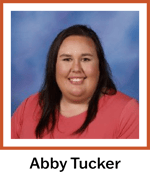
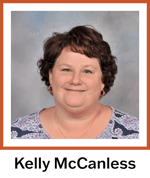
Adjusting to At-Home Learning
The teachers have been pleasantly surprised by the level of student engagement. “They’re chatting a lot online,” says Neally Eastep, a Grade 1 teacher at Ripley. She and others were worried that students’ writing skills would slip without in-person instruction, but that hasn’t happened. “They fill in Wit & Wisdom PDF student handouts online or send in their sentences in their own handwriting,” says Taylor Beard, a Ripley Kindergarten teacher.
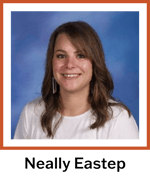

Richard Dawson, who teaches Grades 4 and 5 at Halls, says his own third grader is excited about this new way of learning: “He’s actually watching the videos on the weekend.” Alisha Milam, a Grade 7 teacher at Ripley Middle School, says, “The videos are so intriguing, and teachers [in the video lessons] are so interesting that my students want to do the reading.” Robin Alford, a teacher of Grades 2 and 3 at Halls, says the use of new applications such as Padlet has fostered more collaboration, especially among students who may have been reticent to share their ideas before.

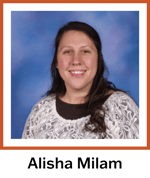

Flexible Approaches for In-School Learning
Great Minds’ materials have also supported the vast majority of educators who are teaching in person, with half their students coming to school every other day and learning from home in between. Flexibility has been the guiding principle. “Each school, each grade level is working it out,” says Jennifer Jordan, the district’s director of literacy. “We’ve told our teachers to go for it and see how it goes. We’re all learning as we go,” says Cindy Bryant, curriculum coordinator at Halls Elementary.

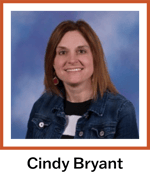
Some are playing the videos in class. Leah Ortega, a Grade 3 teacher at Halls, says that one of her students refers to the online teacher as “our thinking partner.” Ortega calls the online teacher “my coteacher.” Others, such as Kari King, a Grade 2 teacher at Halls, play the video lessons but pause to do the read-alouds themselves. Grade 4 Ripley Elementary teacher Julie Kirkpatrick only uses the video lessons to prepare for the lessons. Many teachers rave about the Learn Anywhere Plans that accompany each Great Minds in Sync™ lesson. “They’ve really helped me learn how to condense a lesson,” says Kathy Johnson, a Grade 5 teacher at Halls.

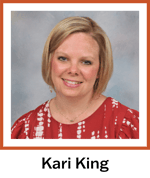
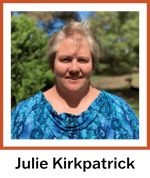 .
. 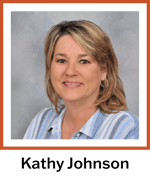
All teachers are customizing the modules to ensure that certain tasks, especially writing, happen in school, not at home. And they say the videos have been invaluable for substitute teachers. “These are a lifesaver,” curriculum coordinator Bryant says. “High-quality lessons don’t end with a sub anymore.”
Videos Support Professional Growth and Parent Engagement
Both groups of teachers have found the videotaped lessons invaluable for their own professional growth. “It helps a lot, especially with Eureka Math. I watch the videos and say, ‘Oh, that’s how you teach it,’” Ripley Grade 2 teacher Tucker says. “I’ve learned so much more this year than I could have on my own, watching [the virtual teacher] teach these lessons,” says McCanless, the Halls Grade 5 teacher.

Corrina Watson, who teaches Grade 1 at Ripley, started using Wit & Wisdom six years ago, but the videos have given her new insights. “I’m still learning and seeing new things I can do to become a better teacher,” she says. The in-school teachers are especially grateful to their remote colleagues for helping them master Google Meetings, Padlets, and the other new technologies.
Starting in February 2021, the district launched a 10-week online service through which students and their families can log in for live instruction and/or homework assistance during the evenings. "We wanted to take a proactive approach to mediate potential learning loss and provide families with additional guidance to support their children in the home," says Jordan.
"We're probably more in touch with families than ever before. The teachers say that many family members feel more like partners." — Jennifer Jordan, Director of Literacy
“Our teachers and leaders are not afraid of a challenge,” says Jordan, noting that the pandemic and new technology have upended their approaches to education. “All of this has been such a huge learning curve. They’re doing an amazing job.”
The state recognizes the district’s work. In March 2021, the state education department selected Lauderdale County as one of its eight mentor districts to help other school systems increase reading skills.
Submit the Form to Print

Jenny Taylor
Jenny has over a decade of experience in education policy and research. She has worked with states and districts on the development and implementation of college and career readiness policies, especially around the implementation of rigorous standards and high-quality instructional materials. She has extensive knowledge about K–12 standards, graduation requirements, assessments, and accountability systems nationwide. Additionally, she has conducted research for school districts to address pressing needs in those districts. Jenny received her B.A. in English and education from Bucknell University and her M.Ed. in education policy from the University of Pennsylvania Graduate School of Education.
Topics: Data Stories High-Quality Curriculum Virtual Learning



